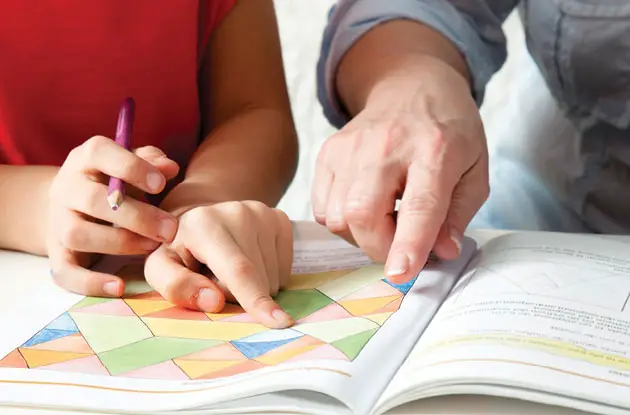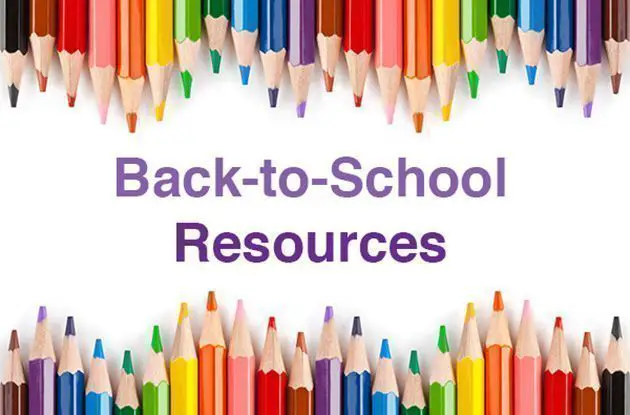Learn about the multisensory approach to teaching math and other subjects — including the Orton Gillingham Method, which is used to teach reading and spelling — as explained by Dr. Emily Levy, founder and director of EBL Coaching.
 Multisensory instruction in general means we integrate all of the senses into learning, including visual, auditory, and tactile modalities. Instead of just working out of a workbook or listening to a teacher, we simultaneously engage all of those senses in the learning process. Many people know about this approach in terms of reading instruction, but it also can be applied to math and writing instruction.
Multisensory instruction in general means we integrate all of the senses into learning, including visual, auditory, and tactile modalities. Instead of just working out of a workbook or listening to a teacher, we simultaneously engage all of those senses in the learning process. Many people know about this approach in terms of reading instruction, but it also can be applied to math and writing instruction.
Let’s say we were teaching students how to conceptually understand addition—we might do it in the form of a game. We might give the student a bunch of strawberries, soda cans, and colored construction paper. The teacher would say, “I took a trip to the fruit store and bought two strawberries. Show me what I bought.” The student would take out two strawberries and place them on the construction paper, and the teacher would write the number 2 on the whiteboard. The teacher then says, “I bought two more strawberries,” the student takes two more strawberries from the bunch, and the teacher writes “2 + 2 =” on the whiteboard. The student counts how many strawberries he has and comes up with the answer: 4. The approach helps the child go from concrete to more abstract ideas.
There’s a lot of research out there that tells us a multisensory approach helps information stick in students’ long-term memories. Historically it has been used more for students with learning disabilities or challenges, such as ADHD, but we’ve been finding that every student can benefit from this type of instruction because it engages their attention and helps them focus. I would recommend this approach for any student having difficulties with math or learning math concepts. And even if a student is doing fine in math, they often find this approach to be fun and engaging, and it builds their interest in math.
What is the Orton Gillingham Method?
The Orton Gillingham Method is a particular kind of multisensory method specific to teaching reading and spelling. This kind of approach was originally developed for kids with learning disabilities and challenges, but all students tend to enjoy this process of learning. It’s fun and engaging, but at the same time is provides a structured methodology for teaching, which many students benefit from.
At the beginning level, we might start by doing an audio-visual card drill with the letters P, F, S, T, and the short vowel A. The teacher would show a flash card with a “P” on the front and a picture of a pizza on the back. The teacher would model the sound and have the student repeat it back three times, then have the student practice writing the letter P, either in the air or in a tray with colored sand. Sometimes we use shaving cream to make it more fun. The teacher would use the same process for the other letters, then have the student practice blending them together into words, like “pat.” The approach gets at the basic, rudimentary level of how to read and how to spell words.
Emily Levy, Ed.D., is the founder and director of EBL Coaching, which specializes in individualized tutoring and intensive summer programs for students in grades pre-K through 12 and has locations in Manhattan and Engelwood, NJ. Dr. Levy is the author of Strategies for Study Success, study skills workbooks series used in schools nationwide.




















